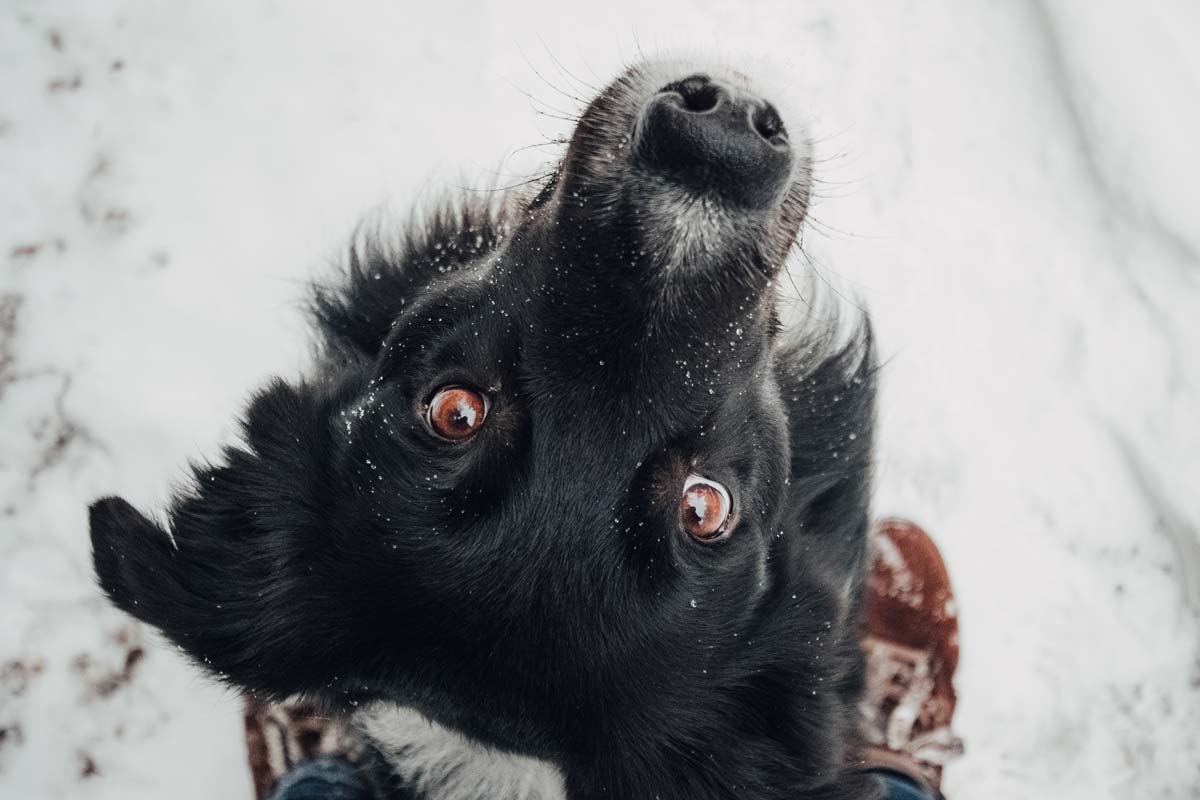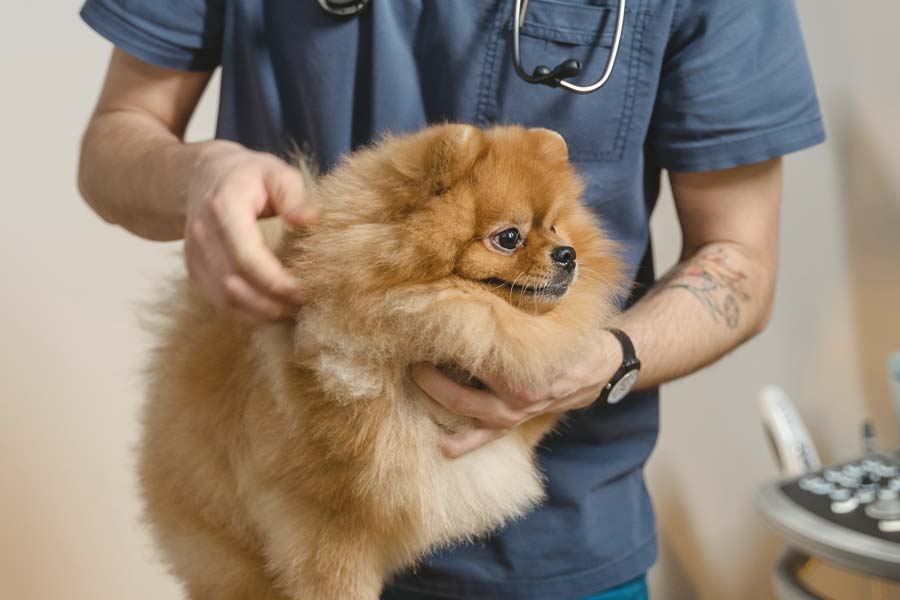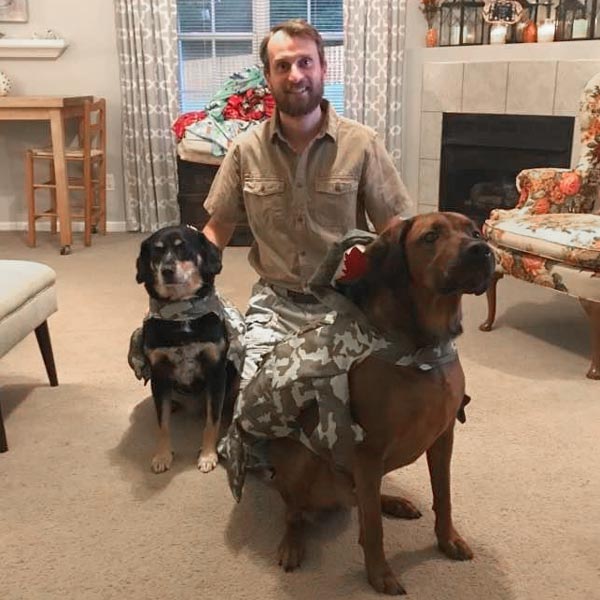Debunking the age-old myth that being the pack leader is the best way to train your dog
Myth: You Must Be the Pack Leader
The most common misconception I read or hear about when it comes to dog training is that you must be the alpha of the pack or the “pack leader.” We have all heard this mantra from dog trainers and TV personalities over the years.
However, I am here to tell you that this just isn’t true. It is an outdated concept that stems from captive wolf research from the 1940s.(1)
This concept is problematic in 2 ways. First of all, it is not accurate to compare our domesticated companions to the wild wolf. While our dogs probably share a common ancestor with wolves, we cannot and should not compare them, especially regarding their behavior in our homes.
Secondly, the wolves studied in captivity during that 1940s study were not familial. We now know that wolves in the wild live in family groups made up of male and female parents and their offspring. The captive wolves studied did in fact fight and create a pecking order in their group.(1)
However, this did not mean they were behaving in accordance with their wild and natural tendencies. These animals were kept in a non-natural state that led to these hierarchical behaviors.

The Dangers of Dominating Your Dog
Being the pack leader normally means you are trying to dominate your dog. But what does this look like? An example could be smacking your dog on the rump and/or taking their food away if they growled and/or snapped at you when you came near it.
The smacking and removal of the food are both forms of punishment. If we reference the wolf study, we are attempting to assert dominance over our dog, and they will respond in 1 of 2 ways. They will either submit, whimpering and backing away, or they will become more aggressive and lash out with more growling, snapping, or biting.
Behaviorally, here’s what is going on: when we “challenge” a dog in this way, we are putting them into a flight or fight response situation. Depending on their past experiences and individual personality, they may whimper and back away (flight), or snap/bite/lunge (fight).
I have also read books that suggest you should always enter through a doorway before your dog, you should eat your meal before your dog eats, and your dog should not do much of anything without seeking out your approval first. Indeed, this is a very dominant, hierarchical state.
But what are you having to do to get there? Or to stay there?

Well, if you are supposed to walk through a doorway first, and your dog tries to go before you, I am guessing that ends with you restraining your dog or stopping them in some form from walking ahead of you. Then, your dog is watching you eat your food before you prepare and give them theirs.
That just seems like a jerk move. And then any other behavior that shows you are the alpha dog probably results in some form of punishment to your dog. We end up keeping our dogs in a state of stress, potential conflict, potential flight-or-fight response if the stress surpasses their tolerance threshold.
If this does not already sound cruel and heartless, there are several other detrimental side effects to using these punishment strategies.
First and foremost, we can create more aggression from our dogs with the overuse of punishment strategies. They can have generalized fear, like being afraid of all people. They can develop apathy, meaning they stop trying to do anything in their environment for fear of messing up and being punished.
Dogs can also develop tolerance of the punishment, resulting in harder hitting, withholding food longer or more often, etc. Punishment also does not tell the dog what we want them to do instead. All it does is stop the current behavior at that moment and causes them to fear us.

Alternative: Be a Family Group
Instead of trying to break your dog’s soul in an attempt to be an artificially-selected alpha dog, I encourage you to be a gentle leader. Be a parental influence over your furry friends.
You probably brought them into your home to be a part of the family anyway, right? Try teaching them how to be an appropriate family member instead of punishing them for the wrong thing.
You may be asking, Adam, how do I do that though? Well, what I touched on in my last article, still rings true here. We can look to the environment and our dog’s past experiences to give us insight as to why the behavior is occurring.
Let’s revisit the food aggression behavior. What is your dog’s past history?
Maybe you recently rescued a dog from the shelter that was a stray on the street for the longest time. If so, maybe he or she is not used to getting enough food every day. Your dog literally might be thinking it does not know when its next meal will come. So, it’s understandable that they may give a little growl when you come near.

In this particular case, it’s possible that in time your dog would calm down on its own by learning that food comes every day. To assist in this process, you could feed them at the same time every day. This makes it easier and clearer for them to understand that they will always have a meal in your home.
You could then start doing approximations of your proximity to your dog while they are eating. Stand far enough away that they see you but are not growling. As time passes, you can start standing closer as long as they are not growling.
If you are patient and do not break their threshold, your dog will eventually be fine with you being near while they eat. Doesn’t that sound like a better process?
Now, this is a very simple example and may not always be the case, but it demonstrates that we should always look to the environment and our dog’s past experiences to understand why our dogs are behaving the way they are behaving.
References
1. Anderson, R. L. (n.d.). Wolf News and Information. Dave Mech. Retrieved July 3, 2022.




